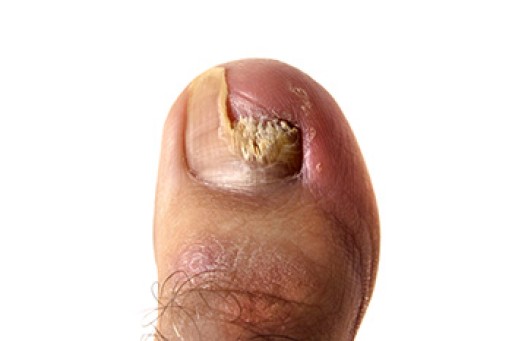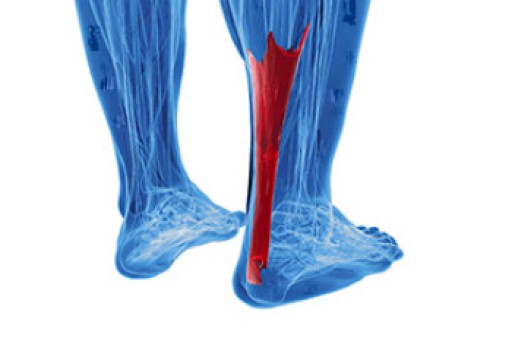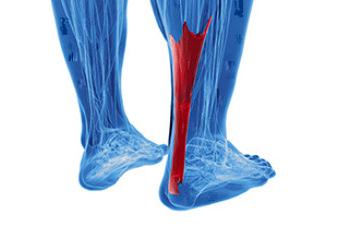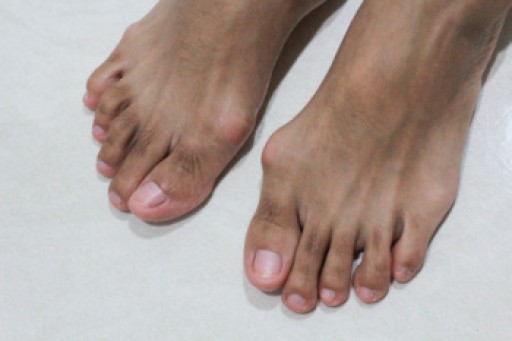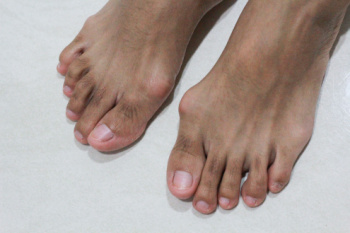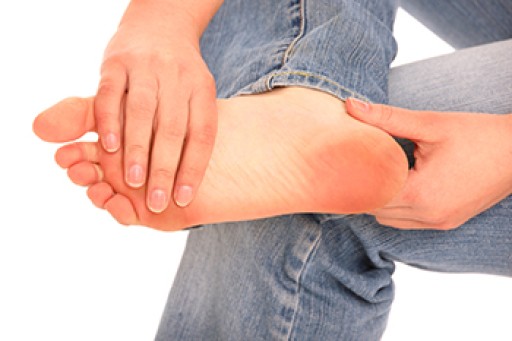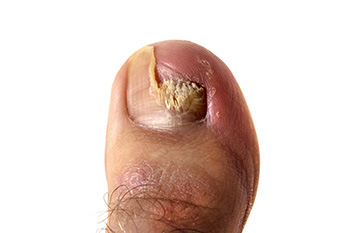
A toenail that begins to change in color, thickness, or texture may be a sign of infection. What often starts at the edge of the nail can spread across the surface, leading to yellow or white discoloration, brittle texture, and even complete crumbling of the nail plate. In more advanced cases, the nail may detach from the nail bed, which can cause swelling, discomfort, and sensitivity surrounding the toe. These changes occur more commonly in the feet because toes are often confined in warm, damp environments inside shoes, especially when worn for long periods of time. Walking barefoot in public places, like locker rooms, or wearing flip-flops in moist conditions can also increase risk. A podiatrist can carefully examine the affected nail, and identify the cause. Treatment of fungal toenails include trimming away damaged nail tissue, or, if necessary, performing outpatient surgery to remove the infected portion. If you notice changes to your toenails, it is suggested that you schedule an appointment with a podiatrist for an exam and appropriate treatment.
For more information about treatment, contact one of our doctors of Advanced Foot & Ankle Medical Center. Our doctors can provide the care you need to keep you pain-free and on your feet.
Toenail Fungus Treatment
Toenail fungus is a condition that affects many people and can be especially hard to get rid of. Fortunately, there are several methods to go about treating and avoiding it.
Antifungals & Deterrence
Oral antifungal medicine has been shown to be effective in many cases. It is important to consult with a podiatrist to determine the proper regiment for you, or potentially explore other options.
Applying foot powder on the feet and shoes helps keep the feet free of moisture and sweat.
Sandals or open toed shoes – Wearing these will allow air movement and help keep feet dry. They also expose your feet to light, which fungus cannot tolerate. Socks with moisture wicking material also help as well.
If you have any questions please contact our offices located in Agoura Hills, Simi Valley, Thousand Oaks Marin St., and Thousand Oaks Haaland Drive, CA . We offer the newest diagnostic and treatment technologies for all your foot and ankle needs.
